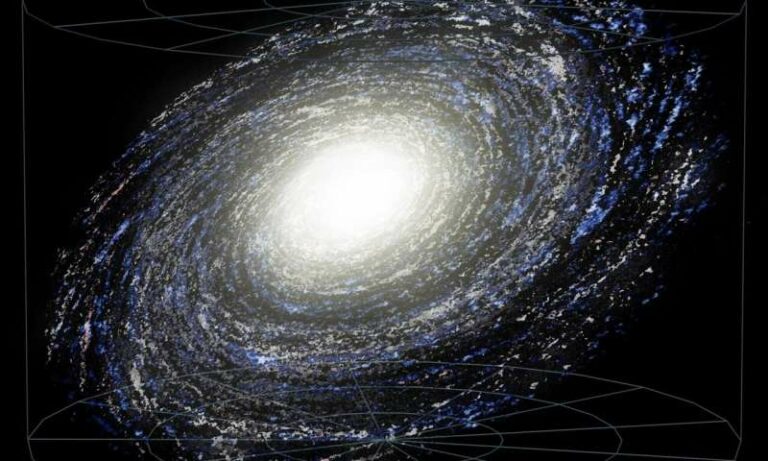Investigating the Galactic Habitable Zone
Our planet resides within the habitable zone of our sun, a unique location where water can exist in its liquid form on the planet’s surface. However, this is not the only exceptional aspect of our planet. We also find ourselves situated in the galactic habitable zone, a specific region within the Milky Way galaxy where the rate of star formation is perfectly balanced.
The Earth was endowed with all the necessary components for life, a characteristic that sets it apart from most other planets. Water acts as a solvent, while carbon possesses the ability to form extensive chains and bind with various other atoms, serving as a framework. Oxygen, easily transformed from one element to another, plays a crucial role in facilitating the chain reactions required for energy storage and utilization. Additionally, elements such as hydrogen, phosphorous, and nitrogen contribute to the intricate web of life. Some of these elements are forged within the cores of stars, while others are created through more violent processes like the demise of massive stars or the collisions of exotic white dwarfs.
Furthermore, our planet benefits from the presence of a stable and long-lasting sun. This sun emits a consistent stream of life-sustaining warmth, devoid of the intense solar flares that could inundate our system with lethal radiation. This reliable source of warmth has persisted for over 10 billion years. In contrast, larger stars burn too brightly and rapidly, their immense gravitational force hastening the fusion reactions within their cores, causing them to exhaust their fuel within a mere few million years.
On the opposite end of the celestial spectrum, we find smaller red dwarf stars, some of which can endure for 10 trillion years or more. However, this longevity comes at a price. Due to their smaller size, the fusion reactions in their cores occur closer to their surfaces. Consequently, any fluctuations or alterations in energy result in colossal flares that engulf half of their surfaces and irradiate their surrounding systems.
Moreover, our galactic neighborhood, located approximately 25,000 light-years away from the center, is perfectly suited for the existence of life. This is due to its position within a small branch of a magnificent spiral arm in the galaxy.
If we were situated too close to the center, any potential life forms would face the constant threat of lethal radiation emitted by numerous dying stars and explosions. The core’s crowded conditions result in stars being in close proximity to one another, leading to an abundance of heavy elements necessary for life. However, this proximity also means that the Earth would be vulnerable to extinction events triggered by nearby supernovae. In such an environment, our protective ozone layer would be torn away, exposing surface life to harmful solar UV radiation, or worse, our atmosphere could be completely stripped away.
On the other hand, if we were positioned further away from our current location, towards the outer regions of the galaxy, we would find a desolate wasteland. Although stars do exist and go through their life cycles in these outskirts, they are too distant and isolated to effectively disperse the necessary elements to support life. The lack of star density hinders the mixing and recycling of elements, making it challenging to even form a planet in these remote areas.
Therefore, it appears highly probable that life would emerge here, on our planet, revolving around our sun, within this specific region of the Milky Way galaxy. There are few other places that could reasonably be considered our home.
This article is republished from PhysORG under a Creative Commons license. Read the original article.
Do not forget to share your opinion with us to provide you with the best posts !




0 Comments